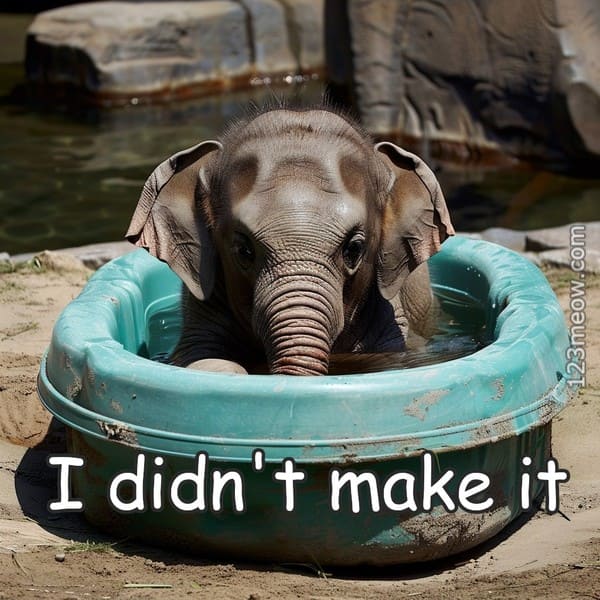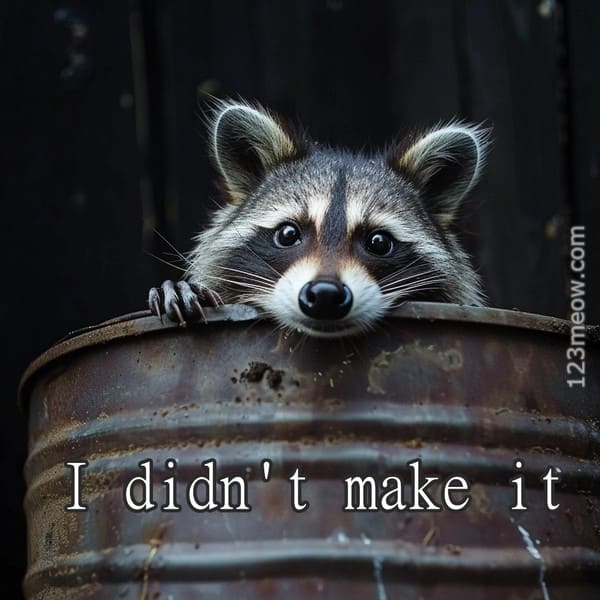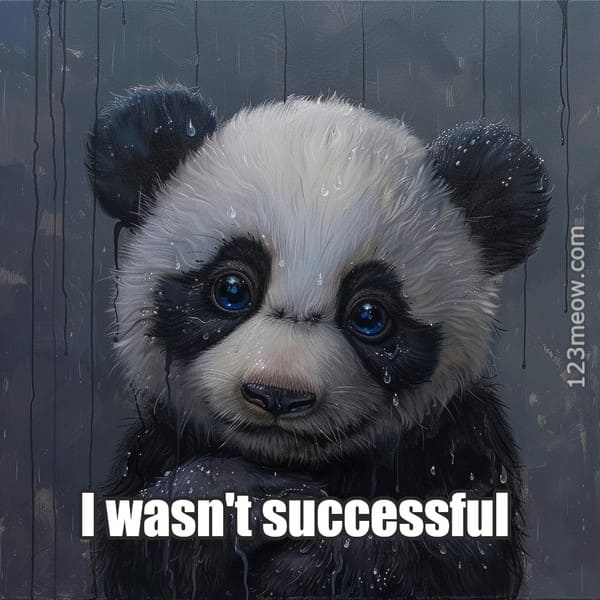I'm fucked up cards, pics
Welcome to the page where wonderful avatars, stickers, emojis, postcards, wishes, pictures, memes "I am fucked-up" are posted! Here we have collected a collection of unique and impressive emotions expressed by animals. In each section, we try to emphasize the individuality and importance of each animal on planet Earth!
Hi there,
We give positive emotions to people and help animals. Please take part and support us
 Beavers are remarkable engineers of the animal world, known for their ability to drastically alter their environment by building dams and lodges. One fascinating fact about beavers is the complexity of their dam-building skills. Beavers use mud, sticks, and rocks to construct dams that can span up to several hundred feet in length. These dams create ponds that provide protection from predators and help control the water levels around their lodges, where they live. By altering waterways, beavers create entire ecosystems that benefit other wildlife, such as fish, amphibians, and birds, making them a keystone species in many environments.
Beavers are remarkable engineers of the animal world, known for their ability to drastically alter their environment by building dams and lodges. One fascinating fact about beavers is the complexity of their dam-building skills. Beavers use mud, sticks, and rocks to construct dams that can span up to several hundred feet in length. These dams create ponds that provide protection from predators and help control the water levels around their lodges, where they live. By altering waterways, beavers create entire ecosystems that benefit other wildlife, such as fish, amphibians, and birds, making them a keystone species in many environments.
Another interesting feature of beavers is their teeth. A beaver's front teeth, or incisors, never stop growing, which allows them to continuously gnaw on wood without wearing them down. Their teeth are coated with iron-rich enamel, giving them an orange tint and making them incredibly strong. This enables beavers to fell large trees that they use for dam construction and food. Their diet consists mainly of tree bark, twigs, and aquatic plants, with willow, aspen, and birch being among their favorites.
Beavers are also known for their strong family bonds. They live in small family groups called colonies, usually consisting of a monogamous pair and their offspring from the previous one or two years. The family works together to maintain the dam, lodge, and food supply, demonstrating a high level of cooperation. Young beavers, called kits, stay with their family for about two years before leaving to establish their own territories. This tight-knit social structure helps ensure the survival and success of the beaver family.








